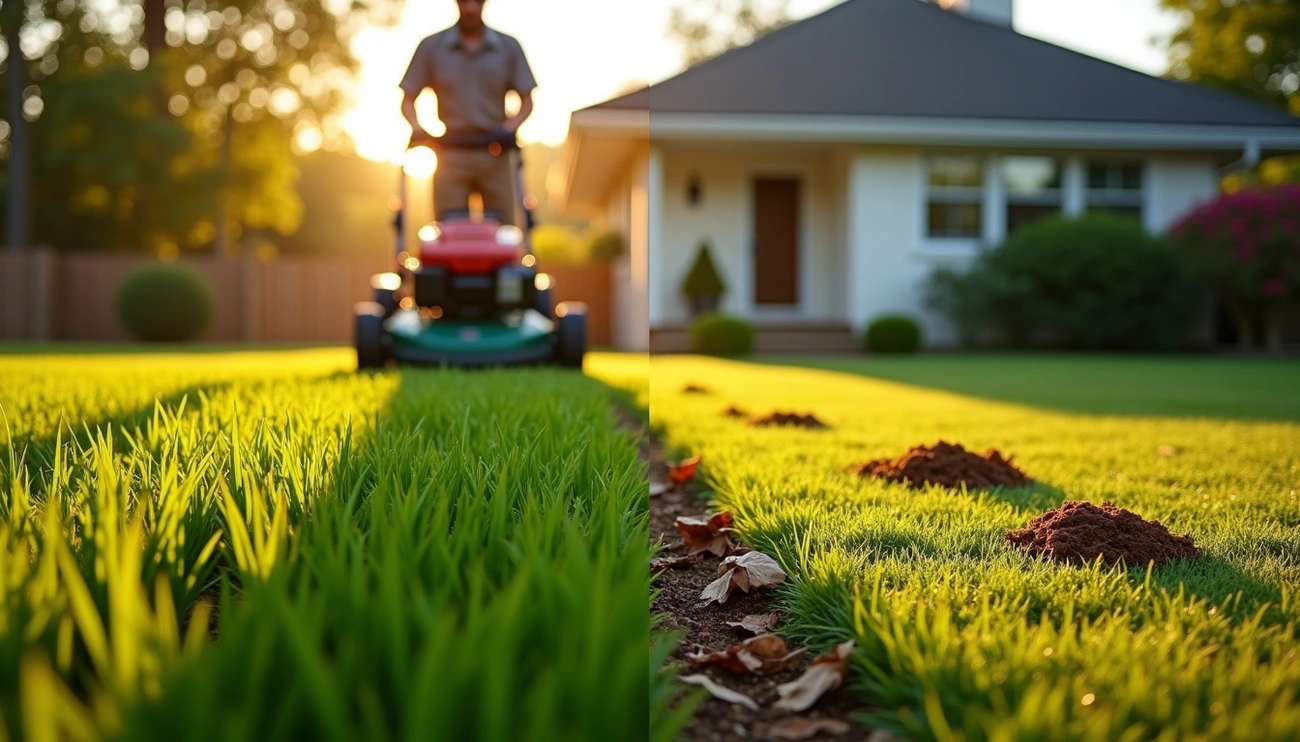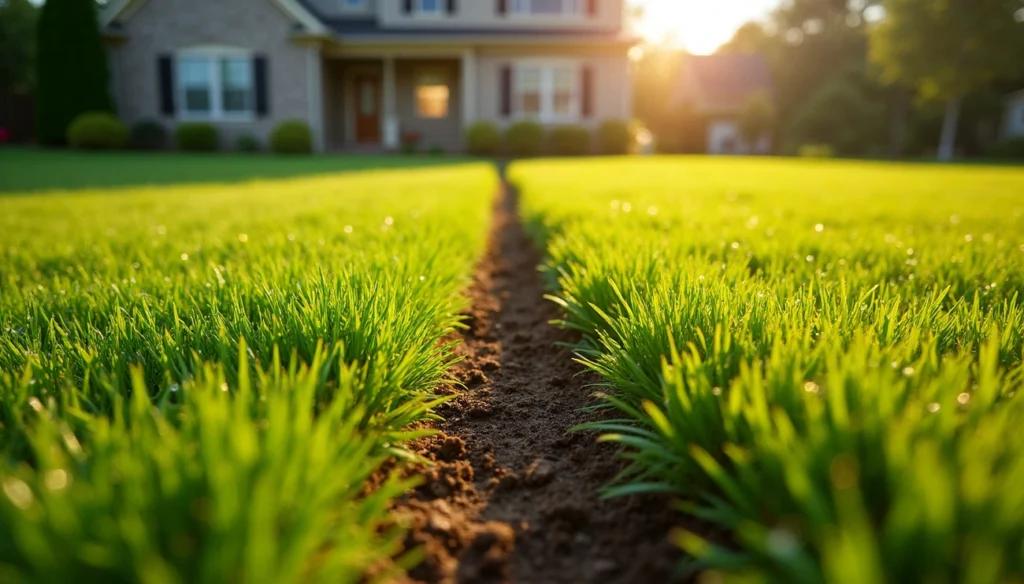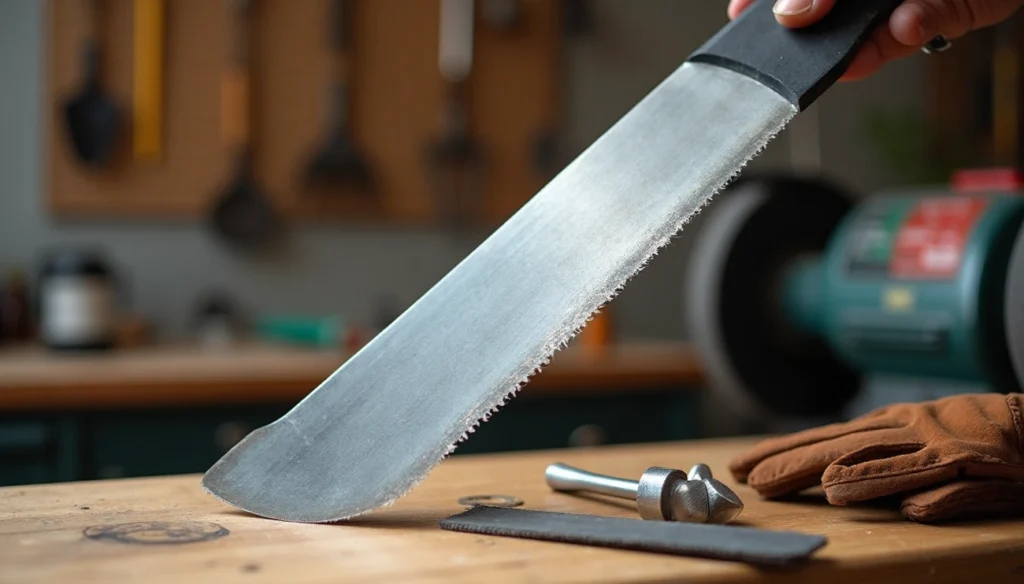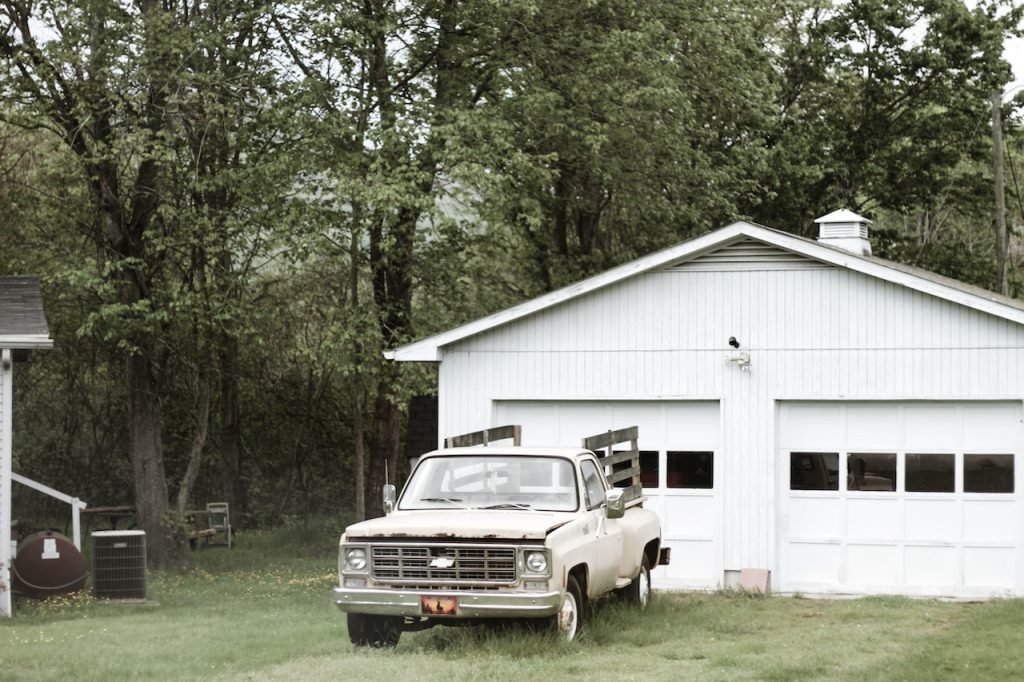A professional Monthly Lawn Care program can be simple and budget-friendly. Professional lawn services charge between $100 $500 per visit, so creating your own month-by-month lawn care calendar makes perfect sense. Lawns naturally emerge from winter dormancy ready to grow. Each month presents unique challenges that require specific maintenance approaches.
Your lawn care schedule needs adjustments based on grass type and local climate. Warm-season grasses perform best in temperatures between 60°F to 95°F, while cool-season varieties thrive between 40°F to 75°F. We’ve put together a complete lawn maintenance schedule that matches professional landscaping standards. This piece breaks down your lawn’s seasonal needs from spring cleanup through winter preparation. You’ll learn how to achieve a lush, healthy lawn without paying premium prices for professional service.
Spring Lawn Care Program
Spring awakens your grass from winter dormancy and starts our Monthly Lawn Care Program. The soil temperature needs to reach above 50 degrees Fahrenheit before you can begin implementing our lawn maintenance schedule to get the best results.
Clean up debris and dead grass
Your spring lawn care schedule should start with removing winter debris. A good raking breaks up matted grass clumps, removes dead material, and lets air circulate better. Dead debris can trap moisture and create perfect conditions for mold and fungi. Your grass needs sunlight and air to grow healthy, so clearing this clutter makes a big difference.
Test soil and adjust pH if needed
The soil’s pH and nutrient levels need testing before you apply any products. Plants grow best in a pH range from 6.0 to 7.5, which makes nutrients more available. You can test with a simple home kit or send samples to a lab. Garden lime helps increase the pH level if your soil tests acidic. The test results show nitrogen, phosphorus, and potassium levels along with the soil pH value.
Apply pre-emergent weed control
The right timing matters with pre-emergent herbicides. Apply these products before soil temperature hits 55 degrees Fahrenheit consistently – that’s when crabgrass starts to germinate. Pre-emergents don’t stop seeds from germinating but block their growth at a vital stage. You’ll get better results with a split application – apply the second round when the soil reaches 55-60 degrees.
Fertilize based on grass type
Cool-season grasses need light fertilizer in spring once they start growing. Warm-season grasses should get fertilizer in late spring as they green up. Nitrogen remains the most important nutrient your lawn needs regularly. Early fertilizing can waste nutrients through environmental loss.
Aerate and dethatch compacted areas
Your soil needs aeration if a screwdriver won’t easily go in, or dethatching if it feels spongy underfoot. Aeration creates holes that let air, water, and nutrients reach the roots. Cool-season grasses do best with early spring aeration, while warm-season varieties prefer late spring through early summer.
Overseed thin or patchy spots
Thin or patchy areas need overseeding. Cut your lawn shorter than usual and rake well so seeds make good contact with the soil. Pick grass seed that matches your existing lawn. Keep the soil moist with light daily watering until the new grass matches the height of the surrounding areas.
Summer Lawn Care Program
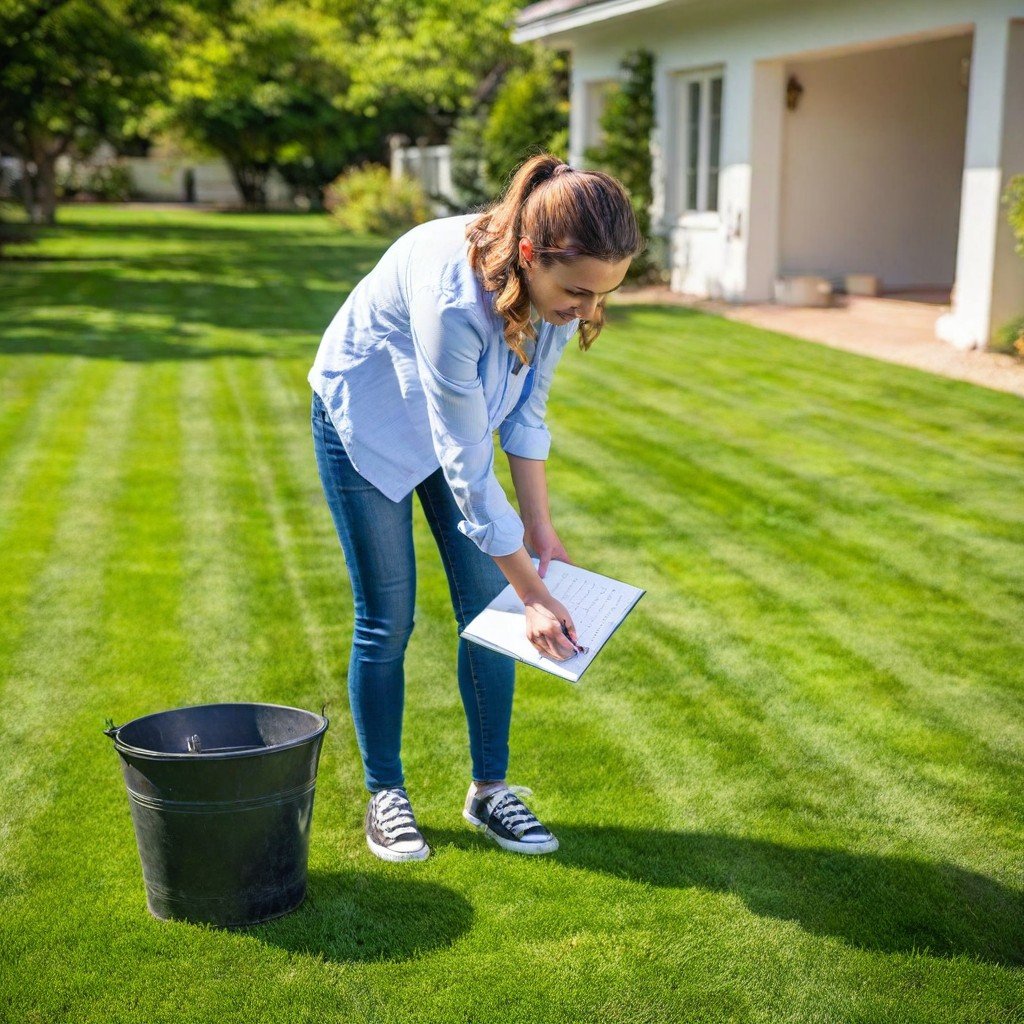
Summer heat creates unique challenges to our lawn care program. The most stressful season of the year requires special attention to lawn health after spring preparation.
Mow high to encourage deep roots
Height plays a crucial role in summer mowing. My practice involves keeping both cool-season and warm-season grasses taller during hot months. Cool-season varieties need 3 to 3.5 inches while warm-season types need 2 to 2.5 inches. The higher cut provides shade to the soil, stops weeds, and retains moisture. Taller grass grows deeper roots that help withstand drought conditions better.
Cutting grass too short ranks among the worst summer lawn mistakes. Shortcuts stress plants and leave roots exposed to harsh sun. The rule of thumb says never cut more than 1/3 of leaf tissue during mowing. Grass needs more recovery time when it becomes weak.
Water deeply but less frequently
Summer heat doesn’t mean you should water more often. Deep watering once or twice weekly works better than daily light sprinklings. Deep root growth improves when you follow this method. My target is 1 to 1.5 inches of water weekly, counting rainfall too.
The best absorption happens during early morning (before 10 a.m.) or evening (after 6 p.m.). These times have cooler temperatures and minimal evaporation. A simple screwdriver test tells me if the lawn needs water – easy penetration means sufficient moisture.
Treat for grubs and surface insects
Summer months can bring devastating grub damage to lawns. You might have an infestation if you notice spongy turf, dead patches that lift like carpet, or wildlife digging in your yard. A healthy lawn can handle up to 5 grubs per square foot without visible damage.
My preventative treatment starts with mowing. This helps chemicals reach the soil faster. The treatment needs at least 0.5 inches of water afterward to activate the product properly.
Apply summer-safe fertilizer
Summer fertilization needs careful planning. Cool-season grasses need products with lower nitrogen to avoid stress. Warm-season grasses can take higher nitrogen during active growth. Extreme heat or drought means no fertilizing.
The right timing makes a difference. Early morning or evening works best for fertilizing. Watering afterward moves nutrients to the root zone and prevents burning.
Spot-treat weeds with a post-emergent herbicide
Post-emergent herbicides work best on established summer weeds. The first step involves identifying the weed type. Then you can choose between selective herbicides for specific weeds or non-selective options that kill all vegetation.
Safety comes first with protective clothing. Spot treatment works better than treating the entire lawn. Never mix different products – this could create harmful reactions.
Fall Lawn Care Program
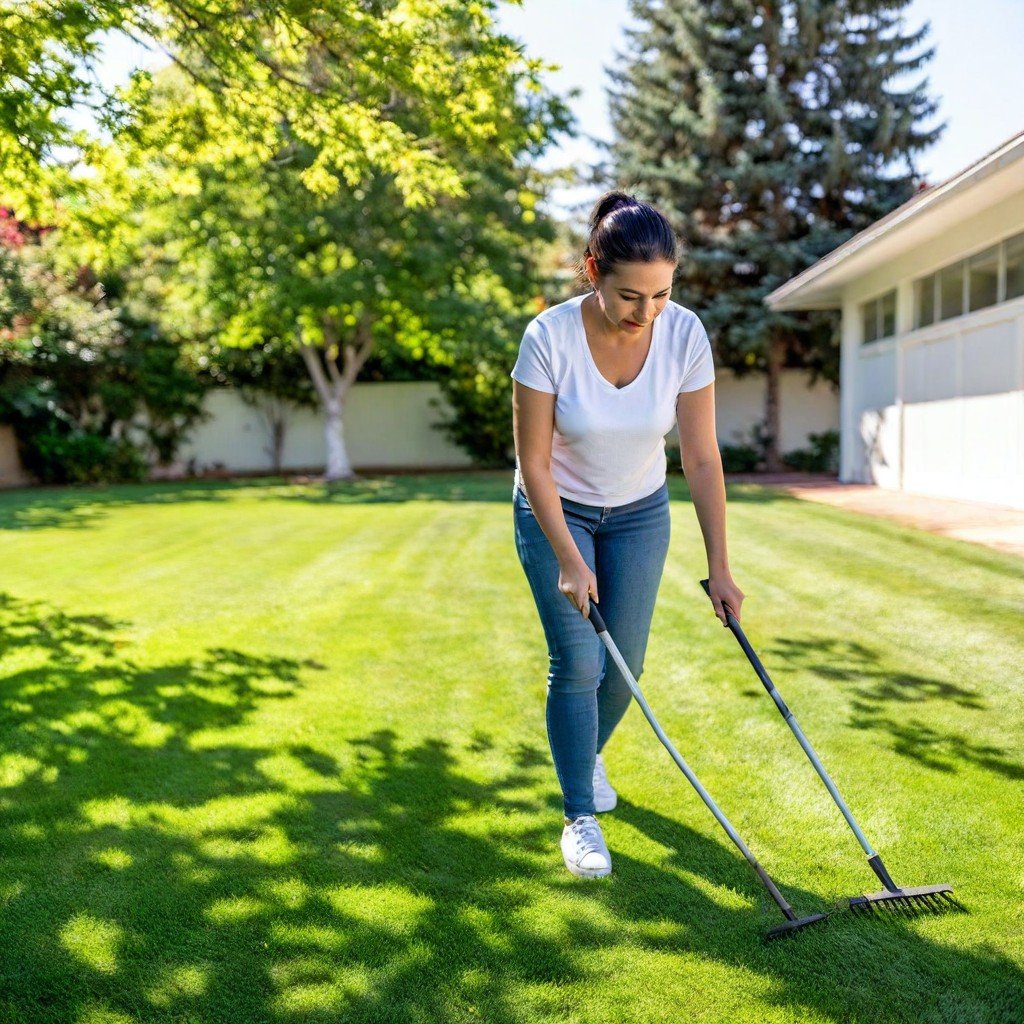
Fall is a crucial time in our lawn care program as we get the lawn ready for winter dormancy. This season is a chance to make your grass stronger before harsh weather arrives.
Apply fall fertilizer to strengthen roots
Fall fertilization is maybe the most essential feeding your lawn needs all year. Cool-season grasses need fertilizer from September through early November when the grass moves its energy underground. Pick a formula with higher phosphorus and potassium (like 13-25-12) to boost root growth and make the grass more resistant to frost. Your warm-season grasses will do better with a balanced or phosphorus-heavy fertilizer in early September.
Seed bare patches and overseed if needed
The start of fall creates ideal conditions for overseeding with moderate temperatures in the 70s and good soil moisture. You can fix small bare spots by loosening the soil, adding the right seed, and raking it gently to a depth of 1/4 to 3/8 inch. Bigger areas might need a slit seeder. The area needs consistent moisture until seeds sprout, which usually takes 7-10 days.
Mow shorter before winter sets in
Your mowing height should get lower as winter comes closer. Cool-season grasses should be cut to 2 to 2.5 inches before the first frost. Shorter grass helps prevent snow mold and keeps pests from making nests. You should keep warm-season grasses at 2-2.5 inches for dwarf types or 3-4 inches for standard types.
Mulch or remove fallen leaves
Your lawn can suffocate under unattended fallen leaves. Remove leaves once they cover more than 10-20% of your lawn. You can also mulch them into fine pieces with your mower to put nutrients back into the soil. This method adds valuable organic matter without the risk of thick leaf layers damaging your lawn.
Aerate again if the soil is compacted
Fall aeration helps your lawn bounce back from summer stress and get ready for winter. Cool-season grasses benefit as this process breaks up packed soil, lets water penetrate better, and helps nutrients reach the roots. The process creates paths for fertilizer to reach deeper into the root zone. Let the soil plugs stay on your lawn – they’ll break down and add nutrients back to the soil naturally.
Winter Lawn Care Program
Your lawn care program doesn’t stop just because winter arrives. The grass might look dormant, but proper care during this time will substantially affect how well it grows in spring.
Limit foot traffic on dormant grass
Ice crystals that form at the turfgrass crown make dormant grass vulnerable to damage. Too much walking on frozen lawns compresses the soil and kills grass plants. Ask kids to play in one specific area and guide pets to designated spots for their business. This small change in your lawn maintenance schedule helps prevent lasting damage.
Use lawn-safe ice melt products
Calcium chloride works best for lawns since it stays effective down to -25 degrees Fahrenheit. Magnesium chloride is another good choice for your lawn. Stay away from sodium chloride (rock salt) – it will destroy your plant’s roots. Don’t use too much of either ice melt product, as most homeowners apply five times more than they need.
Service and store lawn equipment
Your mower needs a clean, cool, dry storage space. Gas-powered equipment needs its fuel tank drained or stabilizer added to protect the carburetor from stale fuel damage. Take out the batteries, charge them fully, and store them on plastic or wood shelves – never metal ones.
Plan your lawn maintenance schedule for next year
Look back at any issues from this season and create solutions for your month-by-month lawn care calendar. Your phone can help track maintenance tasks with digital reminders throughout the coming year.
Conclusion
A month-by-month lawn care program makes professional-quality lawn maintenance achievable for any homeowner. Each season brings unique requirements – spring awakens with cleanup and pre-emergent applications, summer focuses on smart mowing and watering, fall deepens the lawn’s strength through fertilization, and winter provides protection.
Homeowners can save thousands of dollars annually by handling lawn care themselves. Professional service fees ranging from $100-$500 per visit quickly accumulate throughout the year.
Success comes from knowing your grass type, understanding soil conditions, and timing each task right. Different needs exist between cool-season and warm-season grasses, and this knowledge helps provide targeted care at optimal times.
On top of that, it prevents common lawn problems before they emerge. Pre-emergent herbicides stop weeds, proper mowing heights create stronger root systems, and fall fertilization readies grass for winter dormancy. These steps work together to build a resilient lawn that handles pests, drought, and extreme temperatures well.
This lawn care calendar serves as your guide to a healthier, more beautiful yard. Professional results definitely require year-round dedication, but achieving that lush, green carpet without expensive service fees makes the effort worthwhile. Your lawn will reward you with vibrant growth and fewer issues season after season.

